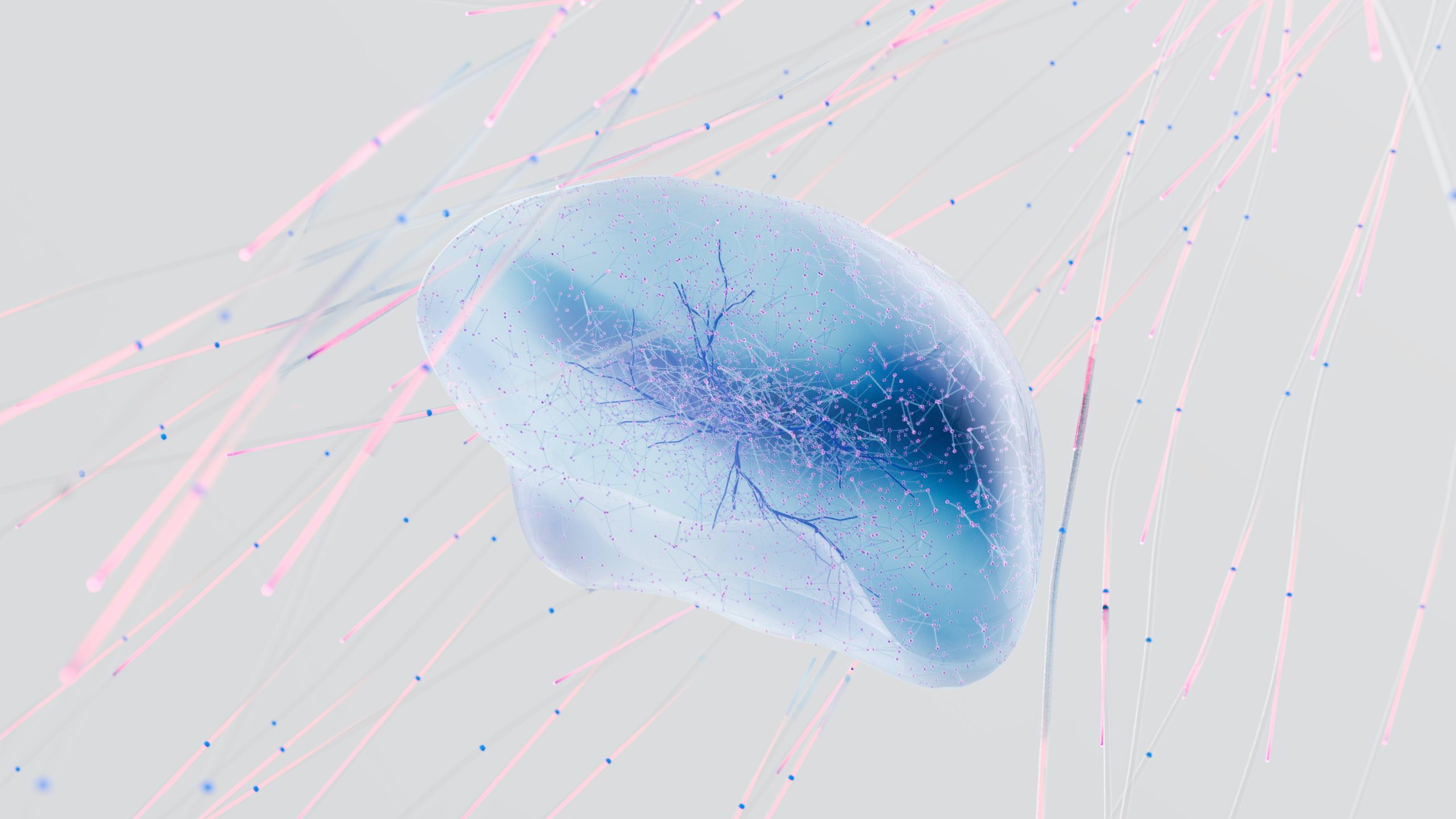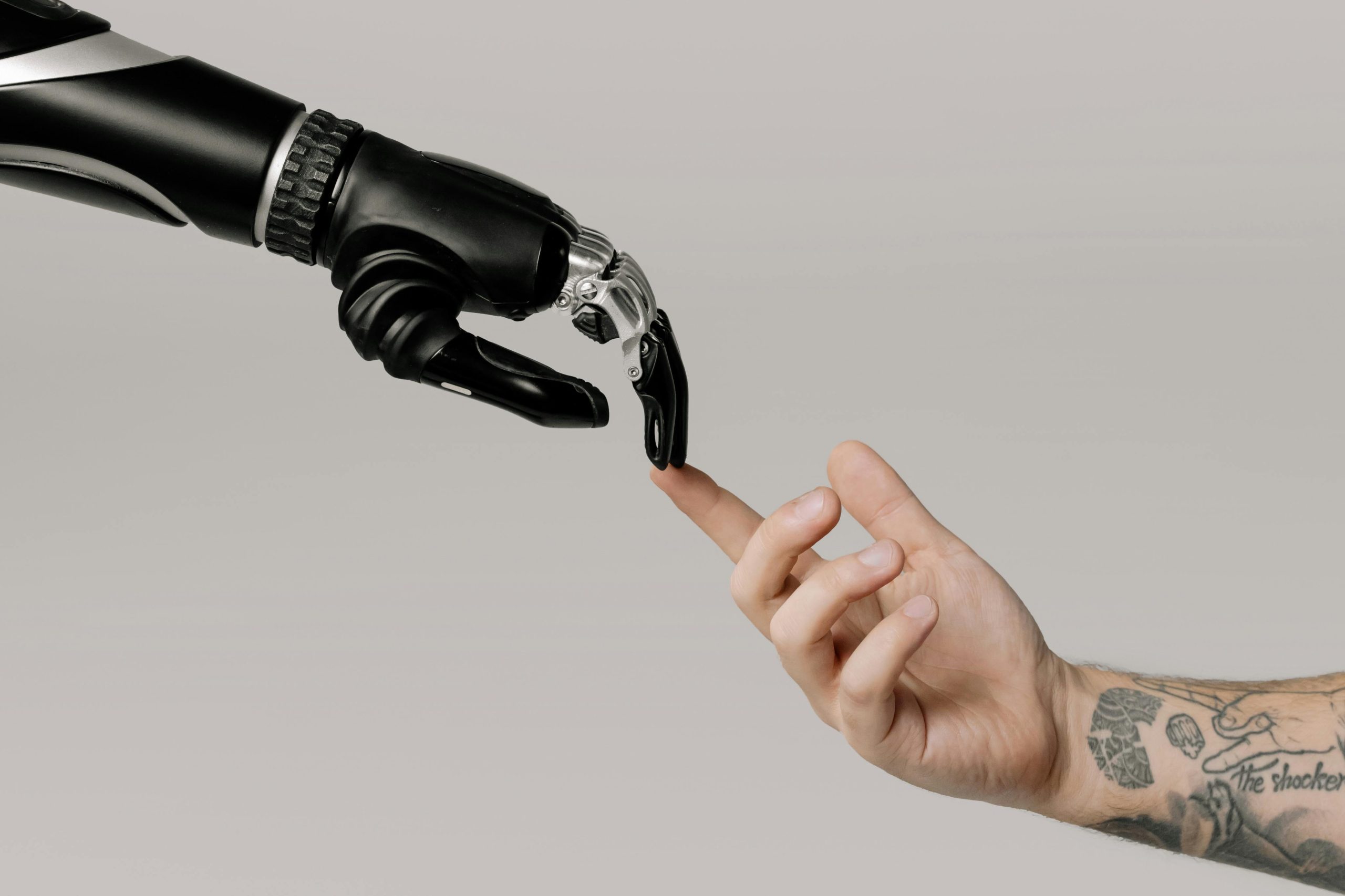Neuralink: A revolution in the treatment of neurological disorders begins with the implantation of a chip in the brain

Elon Musk recently announced a historic milestone in neurotechnology: the first successful implantation of a chip in a patient’s brain with Neuralink. This event marks a breakthrough in the possibilities of interaction between the human brain and technology.
Details about the patient remain classified, but Musk says the surgery was successful and the patient is recovering. The chip, called Telepathy, is designed to allow the patient to control the device with mere thoughts. It involves 64 ultra-thin fibres implanted in the part of the brain that controls movements. This innovative technology is able to interpret signals from the brain and perform various actions, such as controlling smart devices or robots.
This technology has the potential to transform the lives of people with severe neurological disabilities, such as those with quadriplegia. With the implant, they could regain the ability to communicate and interact with the world around them. In addition, they could gain the independence and autonomy that ordinary people often take for granted.
The FDA (U.S. Food and Drug Administration) has granted Neuralink approval to use this technology on humans as part of a six-year study to assess its functionality and safety. Initial results are promising, giving hope that this technology may indeed be revolutionary.
Musk’s vision is for this technology to enable people with severe neurological disabilities to communicate and function in society with similar efficiency as able-bodied individuals. For example, he hopes the device will help people with disabilities similar to those of the famous astrophysicist Stephen Hawking, who was paralysed and unable to speak due to amyotrophic lateral sclerosis.
While Neuralink was not the first company to attempt to implant a chip in the human brain, this achievement represents a significant advance in the field of neurotechnology and pushes the boundaries of what is possible in the treatment and rehabilitation of neurological disorders.
Photo source: www.pexels.com
Author of this article
WAS THIS ARTICLE HELPFUL?
Support us to keep up the good work and to provide you even better content. Your donations will be used to help students get access to quality content for free and pay our contributors’ salaries, who work hard to create this website content! Thank you for all your support!




OR CONTINUE READING